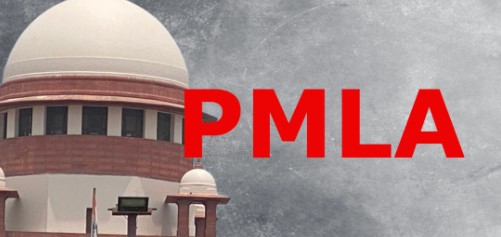Context:
Recently, The Supreme Court confirmed that persons who are accused of money laundering can apply for bail under Section 436A of the Code of Criminal Procedure (CrPC).
About the Section 436A of CrPC:
- It was introduced as an amendment of section 436 in the Cr.P.C. through the Criminal Procedure Code Amendment Act 2005.
- As per it, an accused can be released from custody if he has spent more than half of the maximum sentence prescribed for the offence.
- It is a provision regarding the release of under-trial prisoners.
- According to this provision, if an under-trial prisoner (except for those accused of a crime punishable by death) has been held in detention for a period equal to half of the maximum prison sentence prescribed for the alleged offense, they are eligible for release.
- The release would be on bail, which means the prisoner can be released from custody temporarily, usually upon payment of a sum of money or the provision of some form of security (known as a bond).
- In computing the period of detention under this section for granting bail, the period of detention passed due to delay in proceeding caused by the accused shall be excluded.
Previous Judgements related to Section 436A of CrPC:
- In 2022, the Supreme Court ruled that Section 436A of the Criminal Procedure Code (CrPC) could be invoked in cases under the Prevention of Money Laundering Act, 2002 (PMLA).
- In 2016, the Supreme Court granted bail to a juvenile defendant who had been in custody for over 2 years.
About the PMLA Act and its 2019 amendment:
- The Prevention of Money Laundering Act, 2002 (PMLA) came into effect on July 1, 2005, in response to a UN resolution targeting drug money.
- The act mandates banking companies, financial institutions, intermediaries, and certain businesses or professions to verify client identities, maintain records, and report to the Financial Intelligence Unit – India (FIU-IND).
- The PMLA lays down a stringent standard for granting bail.
- Section 45 of the Prevention of Money Laundering Act (PMLA) is characterized as a negative clause, preventing courts from granting bail unless the accused demonstrates the absence of a prima facie case and assurance against future offenses.
- The PMLA Act has a stricter standard for granting bail compared to Section 436A. Previously, the accused had to prove their innocence to get bail.
- The Supreme Court struck down this provision, but Parliament brought it back in 2018, and the Supreme Court upheld it in 2021.

